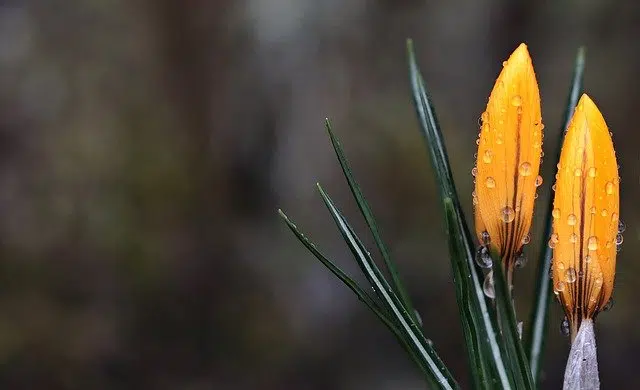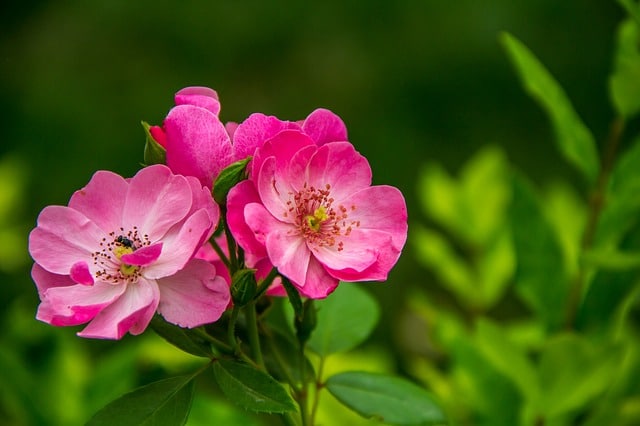
The process of giving flowers that a plant develops is known as flowering.
The notion of flowering comes from the verb to flower . This action is what plants carry out when they produce flowers .
Flowering, in this framework, is the process of flowering (that is, generating flowers ). The term also refers to the period in which the flowers of the specimens of a certain species remain open.
What is a flower
As you can see, to understand the concept of flowering, it is first necessary to focus on the idea of a flower . Flowers are the shoots of plants from which fruits are born.
According to botany , a flower is a reproductive shoot that is made up of fertile and infertile leaves. Specifically, flowers are found in phanerogamous plants , whose reproductive organs take on this shape and are visible.
Thus, in phanerogamous species, fertilization occurs in the flowers. This fertilization, in turn, makes possible the development of the seeds that house the embryos of future specimens.

Flowering is necessary for plants to reproduce.
Flowering features
Flowering, in short, is essential for the reproduction of plants. With flowering, flowers appear, which make the creation of seeds possible.
For flowering, the plant leaves its juvenile stage behind and reaches its reproductive capacity. Reproduction requires that the specimen be able to assume the energy expenditure required for the production of flowers, seeds and fruits. Beyond internal properties, flowering is also influenced by external factors, such as temperature and sun exposure .
Preanthesis and anthesis
According to scientific terminology, the opening of flowers is called anthesis . The word refers to the time it takes for the flower from when it begins to grow until it reaches its functional state (that is, when it reaches maturity).
Before anthesis, preanthesis takes place. In this stage, the steps prior to flowering itself are deployed.
Differences in flowering
It is important to mention that flowering is not a uniform process in all plants. It is not even specified at the same time in a specific specimen, since there are flowers that open before others.
It can be said, therefore, that flowering is gradual . When it is estimated that half of the flowers have already opened, the plant is said to be in full bloom. Once all the petals have fallen, flowering comes to an end.
As for the time in which flowering takes place, it varies according to the species. As we indicated above, sun exposure and temperature are some of the variables that influence the process.
algae bloom
When, in a specific place, cyanobacteria and algae multiply in a short period, it is called an algal bloom . This proliferation is usually due to an increase in the availability of nutrients, high temperatures and the absence of water mobility.
Algal blooms pose a risk to the environment and health . On the one hand, algae can consume the oxygen in the water, threatening underwater life. They can also produce toxins .
